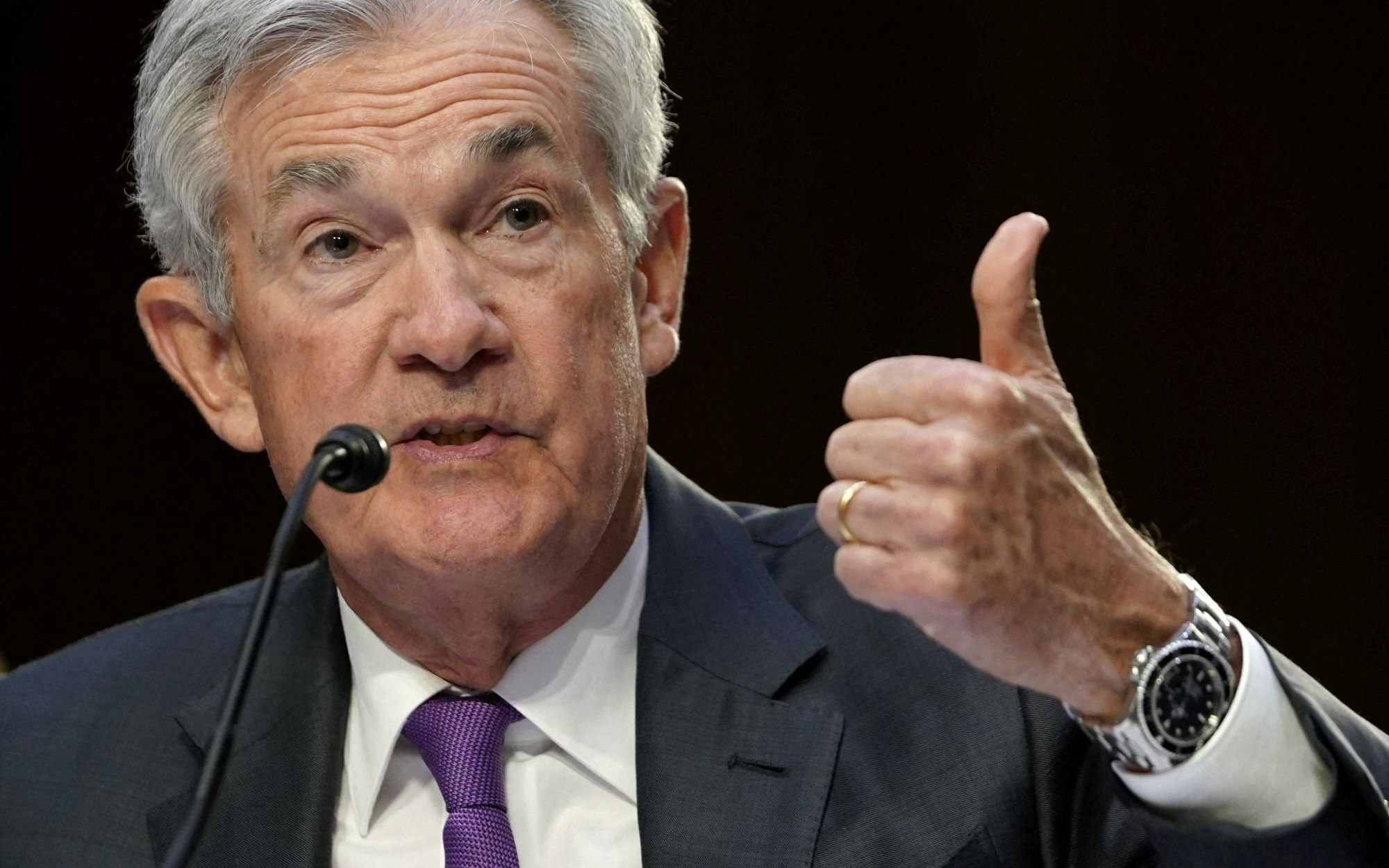Economics
Fed ready for possible interest rate cut in September
Central bankers will meet next week to plan a rate cut in September and ensure a soft landing.

The US Federal Reserve (Fed) is facing a crucial meeting that could set the stage for a possible interest rate cut in September. Although no immediate change in interest rates is expected at the upcoming meeting, the decision could still be of great significance.
So far, at all four meetings this year, Fed officials have postponed the question of interest rate cuts to a later date. But this time, recent developments in inflation and the labor market are likely signaling to officials that a rate cut in September is very likely.
One reason why the Fed will likely not decide on a rate cut this week is that such a measure would probably signal the start of a series of rate cuts to lower interest rates overall. Fed officials, who have been surprised by inflation in the past, want more evidence that inflation is truly easing before taking this step.
Nevertheless, officials are increasingly concerned that waiting too long could jeopardize the chances of a "soft landing" for the economy. Reducing the inflation rate to the Fed's target of 2% while maintaining a healthy labor market is the greatest challenge, Fed Chairman Jerome Powell recently told Congress.
New York Fed President John Williams indicated in an interview that a rate cut in July is not warranted and emphasized that the Fed will learn a lot between July and September. He added that a decision must be made on how to lower rates to ease restrictive monetary policy.
Three factors contribute to the Fed's readiness to cut interest rates: better news on inflation, signs of a cooling labor market, and a changed assessment of the risks between high inflation and unnecessary economic weakness.
A measure of underlying inflation, which excludes food and energy prices, fell to 2.6% in June from 4.3% the previous year and a peak of 5.6% two years ago. Williams emphasized that the decline was broad-based and dismissed concerns that it would be particularly difficult to bring inflation back to the target of 2%.
The unemployment rate has risen to 4.1% in June this year from 3.7% at the end of last year, mainly because hiring activity has slowed and it is taking longer to find new workers or reentrants. This limits the ability of employees to achieve high wage increases, which could sustain higher inflation.
Powell's recent remark that the labor market is "not a source of broad inflationary pressures" suggests that a major source of concern about potential inflation spikes has diminished.
As inflation resumes its decline and the labor market cools, Fed officials face a shift in their risk management considerations, often referred to as "risk management." The question is which issue they consider more challenging to address – slightly elevated inflation or rising unemployment.
The Fed was late in raising interest rates two years ago, partly because it mistakenly assumed that inflation would quickly subside. The Fed was able to correct this mistake but had to quickly raise interest rates from near zero in 2022 to around 5.3% in July 2023, the highest level in more than two decades.
Some officials have made arguments they are likely to use to convince their colleagues that it is time to lower interest rates. 'We set this interest rate when inflation was over 4%, and now inflation is, say, 2.5%. That implies we have tightened significantly since setting this rate,' said Chicago Fed President Austan Goolsbee in an interview.
Nevertheless, more policymakers, including Daly, have indicated that they believe they can still take some time, which underscores the Fed's balancing act. Even with the recent better inflation data, price stability has not yet been achieved, Daly said at a conference this month.
The Fed meeting this week could therefore be crucial in setting the course for a rate cut in September and balancing economic risks.




